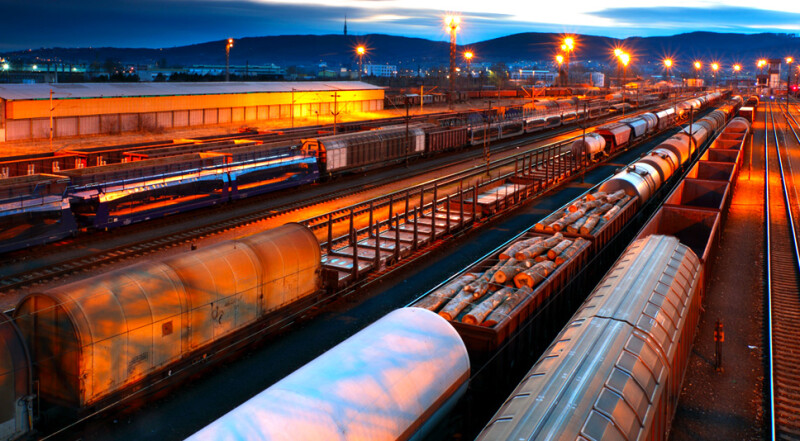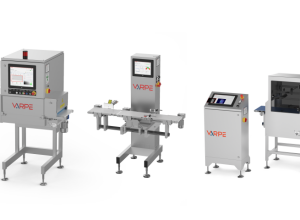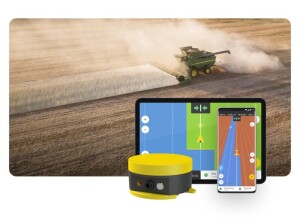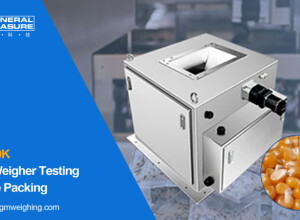International Road Dynamics Inc. (Canada) - by Robert Rubner - CEO, Sensor Line.
Sensor Line’s fiber-optic sensors provide a highly accurate measure of train safety.
Sensor Line’s solutions for the rail sector help to guarantee safety and compliance, reducing deaths and injuries, and saving vast amounts of money. Principle applications for our technology are flat wheel detection and weight measurement.
Flat wheel detection:
Each year, around the world, railway accidents number in the thousands. They take many lives and result in huge economic cost.
For example, just in the European Union alone in 2018, according to the EU’s own published figures, there were 1,721 significant accidents. These resulted in 885 deaths and 760 injuries — killed and seriously injured figures which do not include suicides — and, collectively, cost the 27 EU Member States €3.8bn. A similar story can be found across other developed nations and regions, and in the developing world, the situation can be worse.
The origins of accidents are many but a common cause is running gear failure. This includes wheel failures due to metallurgical crack propagation, and a cause of this can be flat wheels.
Flat wheels occur because of abrasive wear during braking. There are two effects. The most apparent is noise — something which is highly undesirable, especially where trains are operating in or near to populated areas. The more serious comes about because the stresses induced within a wheel which is running out of true can cause it to fail suddenly. Timely detection enables preventative maintenance and staves off potential disaster.
Weight measurement:
Overweight rolling stock can also be a significant contributor to safety-related incidents. It can cause undue wear and track failure, especially in combination with poor track maintenance or the failure to observe posted speed limits.
Weight measurement relates in the main to wagons, as locomotives tend to be something of a constant in this respect. Railway network operators issue clear specifications in terms of maximum permissible axle weights, and these need to be monitored to ensure safety and to arrest undue infrastructure wear or damage.
Sensor Line fiber-optic technology:
Sensor Line’s fiber-optic technology consists of the sensor itself and the electronics to process its outputs. The company works principally with system integrators to develop applications and deployments.
Key differentiators of Sensor Line’s systems are their fast and easy installation, very high accuracy, robustness, and longevity.
The fiber-optic technology used in Sensor Line’s products works in much the same way as that in piezoelectric-based WIM sensors — load causes a change in the transmitted signal (in this case, the amount of light that passes) and this can be interpreted to provide an accurate interpretation of wheel shape or axle weight.
Factors in favor of using fiber-optic for rail WIM:
The sensor itself sits between the rail and the railroad tie/sleeper and this enables it to gauge true vertical pressures; competing technologies sit along the rail. As well as delivering more accurate weight measurements, a whole range of other attributes can be monitored. These include train lengths, speeds, and separations. A very accurate ‘picture’ of a train along its length can also be constructed. This information can be used to monitor the progress of individual trains and loads throughout their journeys.
Another important feature of the fiber-optic sensor is its immunity to electromagnetic interference.
This is especially relevant in a rail environment. Modern trains use magnetic braking, and this would interfere with the performance of other types of sensors such as those based on piezo-electrics. Lightning strikes are also common. These too can affect performance and permanently damage equipment, even with a non-direct strike. For this reason, Sensor Line also provides a fiber-optic link between the sensor and control cabinet.
IRD and Sensor Line are better together:
Sensor Line has operated in the rail sector for about a decade. Assimilation into the IRD group opens the door on the parent’s industry contacts in North America, and the potential development of a far larger presence in the rail sector, as well as a wider range of applications.
In a fashion, Sensor Line’s acquisition by IRD, Inc. closes a loop. Although it has made a specialism of providing products to the rail sector, these evolved from products originally developed for the road. That the rail-oriented solutions will in time influence the IRD group’s road-oriented solutions underlines the capability and versatility of fiber-optic-based sensor products.


























Interested? Submit your enquiry using the form below:
Only available for registered users. Sign In to your account or register here.